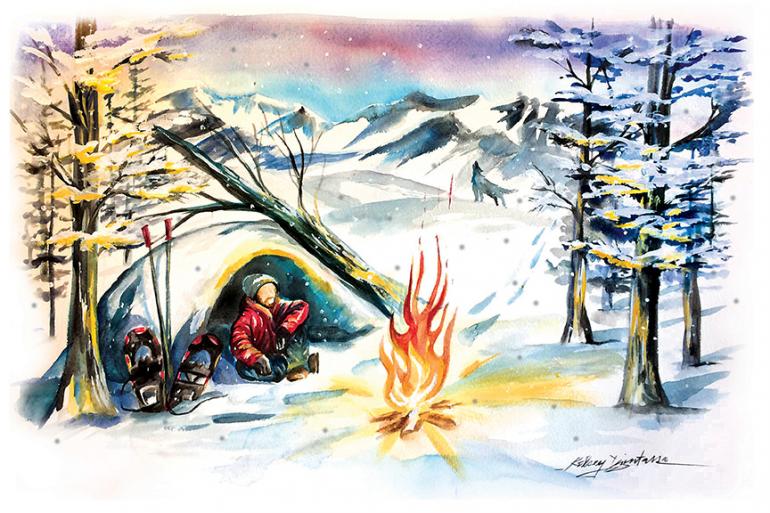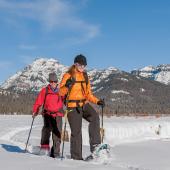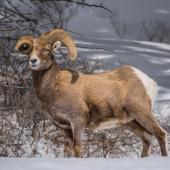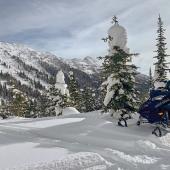Change of Plans
Improvising in the wilderness.
A few winters back, I eagerly planned a week-long road-trip to the Escalante canyons of southern Utah. I ordered a pile of custom maps and a mountain of new trekking gear, but just before I was scheduled to leave, an unexpected accident devastated my financial situation; I couldn’t afford the price of the journey. With time off work already secured, I was stumped on what to do with my week of freedom.
Looking out my window, all I saw were dark clouds and snow-covered mountains. Then, an idea came to me: why not set off to explore those desolate peaks? So that’s what I did.
I spent the remainder of the day scrambling to get out of town. I bought a map of the Lee Metcalf Wilderness, and in a stroke of luck, found a good deal on nearly-new snowshoes from a pawn shop. From my mountain of gear at home, I filled in the remaining items. The next morning, bright and early, I set off from the Hellroaring trailhead.
Learning to walk with the clumsy shoes, weighed down by a heavy pack, took time; but once I got comfortable, I tromped across the frozen ground with ease. In contrast to walking through the undistinguishable, dense timber trails in the summer, the same landscape covered in waves of snowdrift left an enchanting charm. Even the creek—struggling to flow through tiny cracks in the thick ice—offered a new and fresh perspective.
At night, I created shelters using my childish imagination, experimenting with snow caves and igloos. Finally, on day three, I found my fondest home, in a hollow under a thick fallen tree, nestled against a snowdrift. On the ground, I lay a thick bed of spruce branches, draped a tarp from the log roof over me, and then built a fire at the entrance of the shelter. The heat radiated off the log roof and wall of snow behind me, keeping me warm the entire night.
My days were filled exploring the distant peaks, and then collecting a mountain of firewood to burn during the long, cold nights. Huddled next to the fire, I imagined massive Sasquatches staring at me just out of reach of the flame’s light. Once, I heard wolves howling, muted by the hiss of the cold wind. I found a white-tailed deer kill. On the last day, I spotted wolverine tracks, which, considering the creature’s elusive habits, felt almost as if I’d seen the animal itself.
The four nights bivouacking alone in the snowy wilderness was a new and exciting experience. Working to keep warm was a challenge in itself, as was finding a strategic shelter away from the cold and wind. But the trails that would usually be filled with tourist hikers in the summer were now virtually unvisited. The white snow was like an empty canvas that recorded the happenings of the area’s wildlife residents—clues that are far easier to miss in the dry summer. By the end of the week, I felt satisfied in my unplanned adventure in the snowy, winter wonderland.
As is usually the case, when all other plans fail, look to the mountains of southwest Montana, no matter the season.













